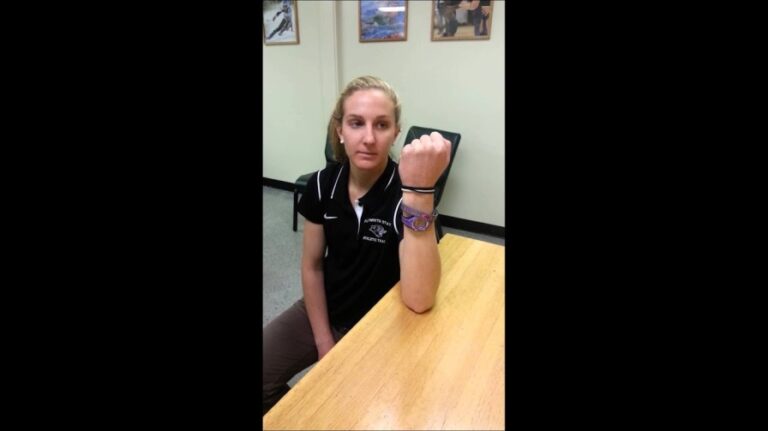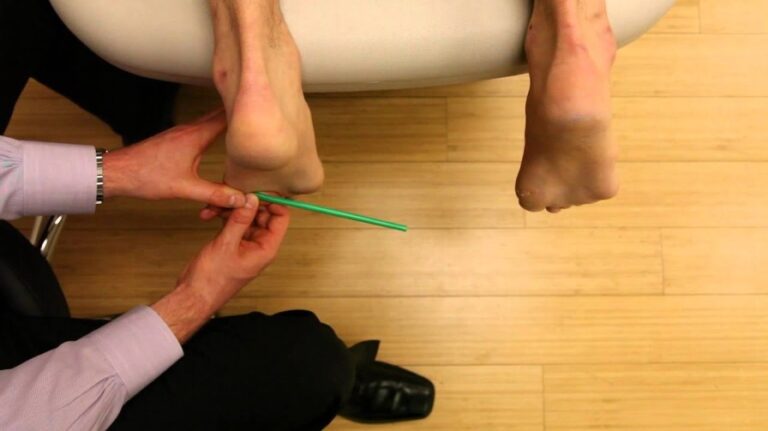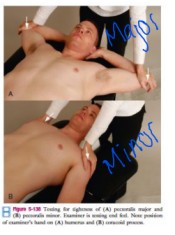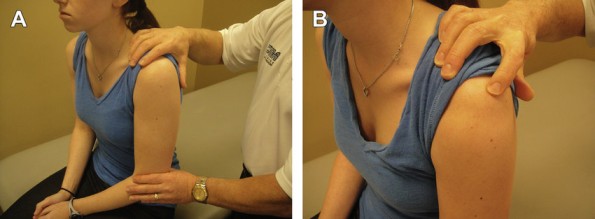Siting Root Test
- This Siting root test is a modification of the slump test.
- This Siting root test is applied in the clinic to check the neurological dysfunction.
- This clinical test is applied by the therapist when the patient is doing complaints about back pain + radicular pain in the leg.
What is the purpose of the Siting root test?
- This test is used to check the tension on the sciatic nerve.
How do you perform the Siting root test?
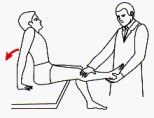
- The starting position for the test of the patient in the sitting position.
- The patient sits with a flexed neck.
- The therapist instructs the patient to do actively extend the knee while the hip joint remains flexed up to 90′.
- If the patient feels increased pain, it indicates tension on the sciatic nerve.
- This Siting root test is sometimes used to catch the patient unaware.
- In this situation of the case, the examiner [ therapist ] passively extends the knee joint while pretending to examine the foot.
- Davis, et al. reported that pain should occur before 22′ of knee extension remains for the test to be positive if knee extension is the last part of the test performed.
- Patients with true sciatic pain arch backward & complain of pain into the buttock, posterior thigh,& calf when the leg is straightened, indicating a positive test.
- The Bechterewis test follows a similar pattern.
- The examiner has instructed the patient to extend one knee at a time.
- If in the result no presence of symptoms, then asked the patient for doing to extend both legs simultaneously.
- Symptoms in the back or leg indicate a positive response.
Valsalva maneuver test :
- The seated patient is asked to take a breath, hold it, & then bear down as if evacuating the bowels.
- If pain increases, it indicates increased intrathecal pressure.
- The symptoms may be accentuated by having the patient first flex the hip to a position just short of that causing pain.


